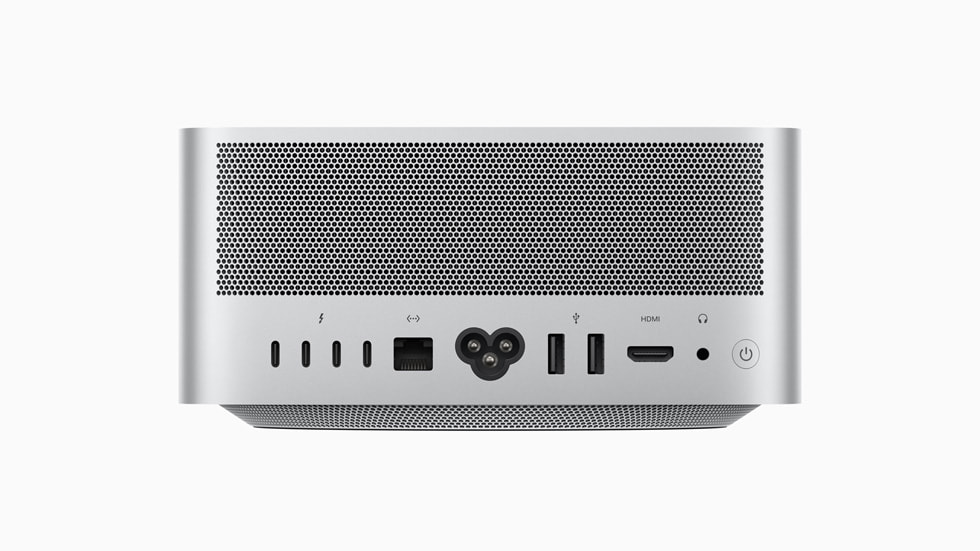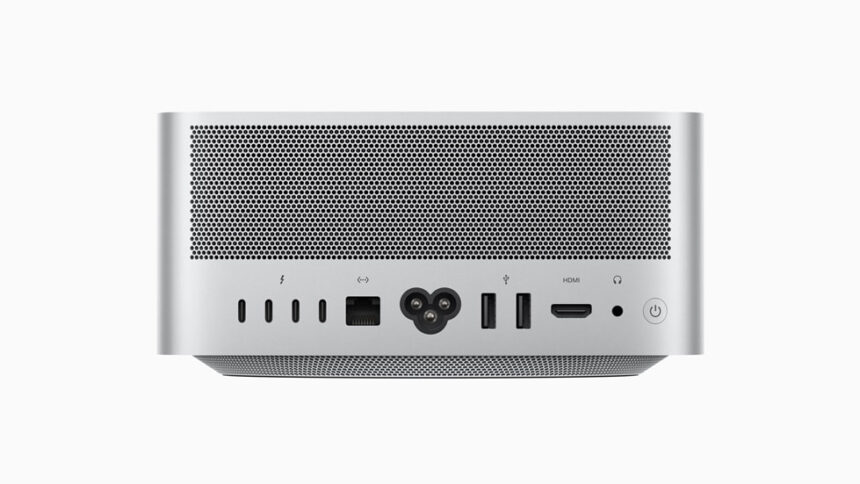
Despite its reputation for lagging in AI development, Apple has crafted the best computer for AI research. The Mac Studio featuring the M3 Ultra chip supports unprecedented unified memory allocation, up to 512 GB, making it the easiest and most affordable way to conduct advanced AI research with large models on personal hardware.
The latest DeepSeek v3 model demonstrates this with its performance, being run entirely on a single Mac. Apple installed researchers revealed the model’s functionality on Monday.
This capability is made possible by the Mac’s sheer processing power, which is centralized under a unified architecture. DeepSeek v3 achieves performance levels competitive with industry leaders like ChatGPT. This software runs efficiently not only on bulkier server farms but also comfortably on Apple’s desktop computer.
The new model is similar to used car pricing. With a $9,499 price tag, it equals around the cost of a second-hand car but confessedly does not require the sprawling space or costs of a data center.
This was not planned. The architecture was designed in a way to maximize individual components on a chip, incidentally creating massive potential for unified memory, substantively benefiting AI tasks.
The developmental push for Apple’s silicon was intended to enhance portable computers, such as the MacBook Air’s battery life. Throughout the 2010s, Apple had been developing sequential silicon processors. This project began with the A4 chip’s launch in 2010. Macs integrated with Apple silicon surfaced midway through that decade.
AI models are fueled by GPUs, but memory is vital. An expensive Nvidia 4090 GPU, which is large in size and intended for 3D modeling and video rendering, contains 24 GB of memory. Powerful language models like DeepSeek R1 require memory at least 64 times that capacity.
The advantages of running models locally surpass cloud-based services. Removing the need to use international servers with network latency and usage limitations, and financial costs, is a benefit unique to local processing. Additionally, privacy and security concerns are mitigated running local hardware and infrastructure.
Apple’s unique architecture for its silicon also differs from many custom-PCs. Apple silicon integrates CPUs, GPUs, and neural engines on a single chip, instead of utilizing discrete memory for each component. The specialized arrangement makes Apple hardware the most cost-effective for substantial local memory capacity.
Apple marketing materials praised the unified memory architecture when they launched the M1 chip. They emphasize how various components of the system utilizing shared memory access boosts their computer’s processing capability, but mainly improves the MacBook air’s battery life.
On Monday, Apple machine learning researcher Awni Hannun revealed running a deep-seek large language model on a Mac Studio. He shared performance specifications on his social media, highlighting centers using 512GB of unified memory.
The sheer performance that Apple’s Mac Studio M3 Ultra offers in AI research is no accident, but a byproduct of its chip design focused on battery life; an impressive, albeit unplanned, benefit that competitors are now playing catch-up to emulating.
The real-world advantage here is obvious: with no latent network delays, huge third-party costs, or cloud security risks due to data transferring, researchers can finally utilize large AI models on local hardware. The immediate upsides for efficiency and security are undeniable. Subpar news for server farms.
There was no need for Apple to design a machine from the jump specifically for AI. Its decision to build efficient chips for consumer products has unwittingly summoned a beast with an insatiable appetite to crush problems in machine learning. Apple should thank teams who demanded more from their portables.







